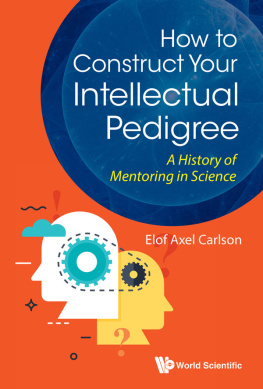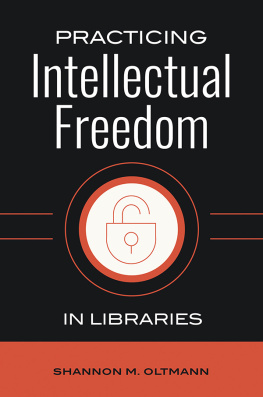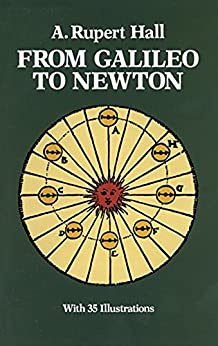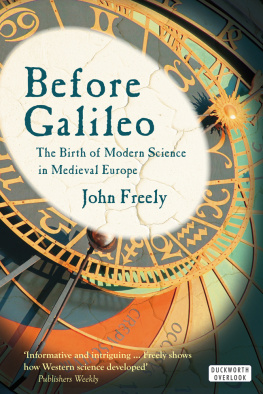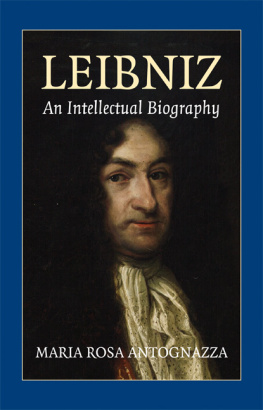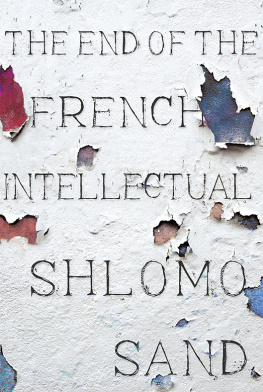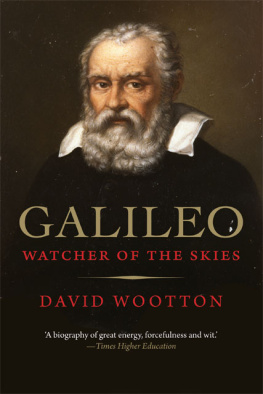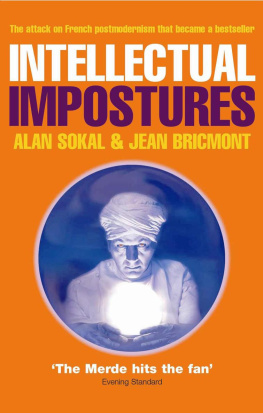Elof Axel Carlson - How to Construct Your Intellectual Pedigree: A History of Mentoring in Science
Here you can read online Elof Axel Carlson - How to Construct Your Intellectual Pedigree: A History of Mentoring in Science full text of the book (entire story) in english for free. Download pdf and epub, get meaning, cover and reviews about this ebook. year: 2020, publisher: World Scientific, genre: Science. Description of the work, (preface) as well as reviews are available. Best literature library LitArk.com created for fans of good reading and offers a wide selection of genres:
Romance novel
Science fiction
Adventure
Detective
Science
History
Home and family
Prose
Art
Politics
Computer
Non-fiction
Religion
Business
Children
Humor
Choose a favorite category and find really read worthwhile books. Enjoy immersion in the world of imagination, feel the emotions of the characters or learn something new for yourself, make an fascinating discovery.
- Book:How to Construct Your Intellectual Pedigree: A History of Mentoring in Science
- Author:
- Publisher:World Scientific
- Genre:
- Year:2020
- Rating:4 / 5
- Favourites:Add to favourites
- Your mark:
How to Construct Your Intellectual Pedigree: A History of Mentoring in Science: summary, description and annotation
We offer to read an annotation, description, summary or preface (depends on what the author of the book "How to Construct Your Intellectual Pedigree: A History of Mentoring in Science" wrote himself). If you haven't found the necessary information about the book — write in the comments, we will try to find it.
This is a handbook that shows the reader how to construct an intellectual pedigree. It is also a history of science monograph because the completed intellectual pedigrees can be used individually or collectively to trace the influences of mentoring in the life sciences. The author uses Hermann Joseph Muller (18901967) (which includes his own intellectual pedigree) to show how knowledge was shifted from Italy to Germany and England, to France, and then to the American Colonies. Through Muller, the author goes in two directions, one leading to Huxley, Darwin, and Newton. The second leads to Agassiz, Malpighi, Borelli, and Galileo. The author also shows, from comparing 60 additional intellectual pedigrees, that about one third go to Newton, one third to Galileo and the rest to other icons of the past (e.g., Linnaeus, Lavoisier, Gay-Loussac, Leibniz). It shows how small was the pool of available scientists in the universities before the mid-19th century.
This book will stimulate graduate students and faculty to construct their own intellectual pedigrees. It will also be of interest to historians and philosophers of science. The book discusses the role of mentoring, dividing this into inputs of intellectual development as well as outputs of development, using timelines arranged as circles. For each mentor, a brief account is given of that persons work and relation to the subject of the pedigree.
Elof Axel Carlson: author's other books
Who wrote How to Construct Your Intellectual Pedigree: A History of Mentoring in Science? Find out the surname, the name of the author of the book and a list of all author's works by series.

